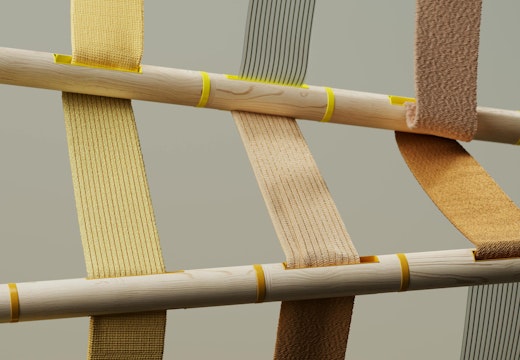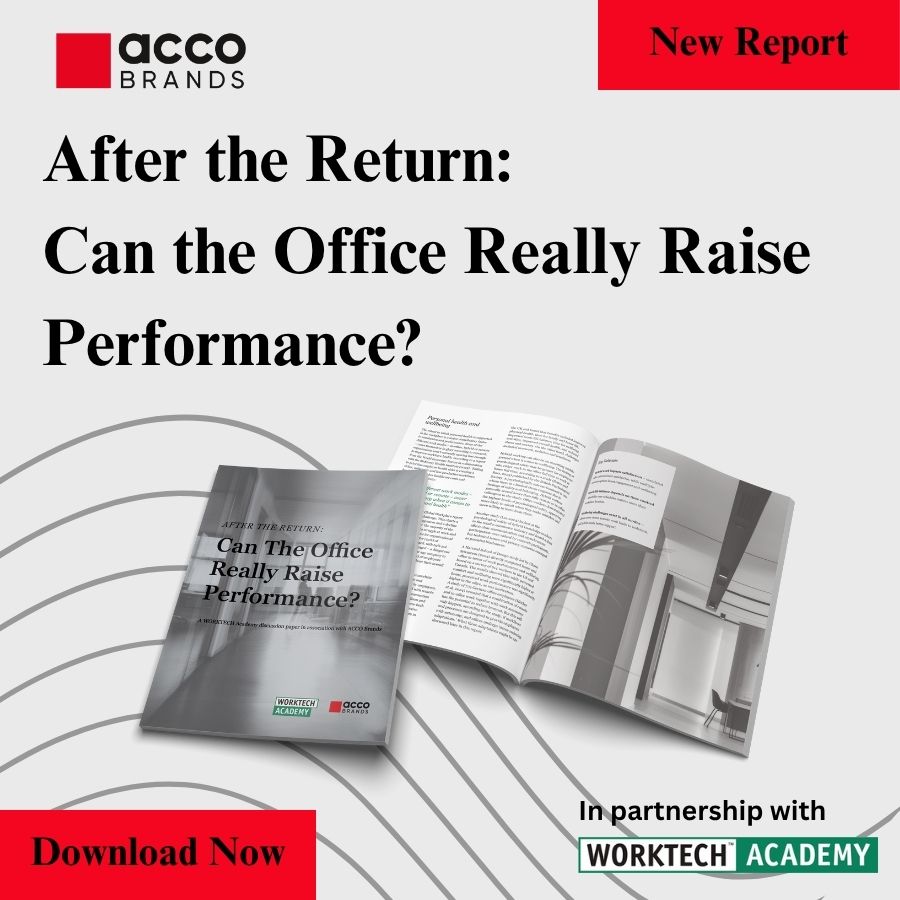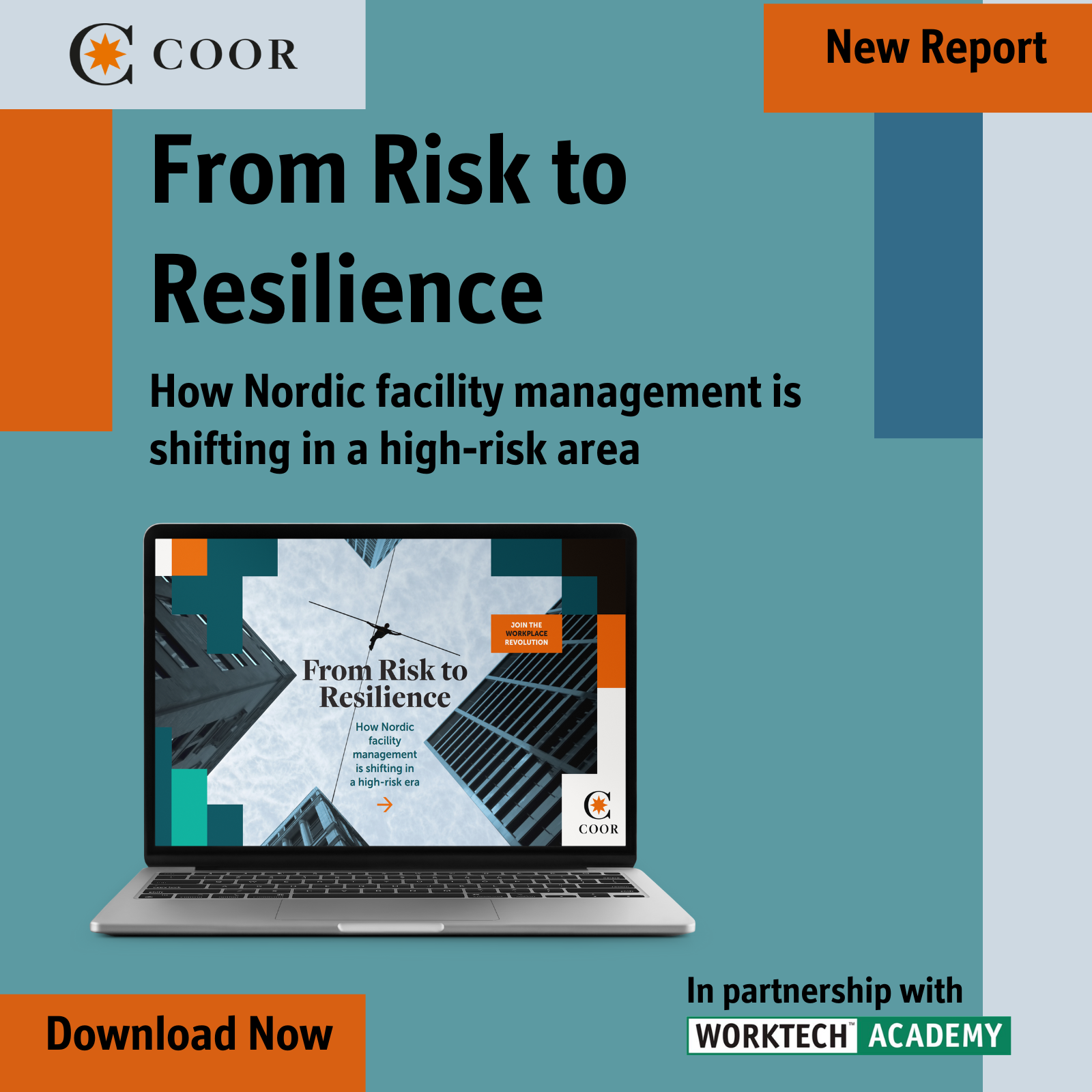Design directives from Clerkenwell Design Week 2025
From designing for the extremes of ageing and neurodiversity to building climate resilience, Clerkenwell Design Week showcased how designing for the edges makes spaces better for all
Each year, Clerkenwell Design Week transforms a quiet corner of North London into a global stage for creativity, innovation and conversation. Between 20 – 23 May, a lively procession of designers, architects, and workplace strategists flowed through the cobbled lanes, gathering insight and inspiration from London’s design showrooms.
The WORKTECH Academy team was on the ground to observe, absorb and decode what matters for the world of workplace. From emerging sustainable workplace materials to designing for the extremes, we bring you the key takeaways from this year’s design festival.
Design for all life
A growing number of designers are moving beyond human-centred thinking and embracing life-centred design – an approach that considers ecosystems, materials and future impact as inseparable from human needs. This was explored during Interface’s panel ‘Can good design and sustainability coexist?’, where speakers argued that the workplace must now act as a site of ecological restoration by reconnecting people to one another and to the living systems they are part of.
This means more than adding greenery or swapping materials. It’s about designing with nature rather than around it and creating environments that function as part of a broader ecological logic.
This mindset is also reframing our relationship with waste. During Mute.’s panel, ‘Designing Tomorrow’s Offices’, May Fawzy, Interior Architecture Director at MF Design Studio, described a project in Oslo where flooring from the National Museum was reused in a new office. Fawzy noted that this integration has become a powerful storytelling tool when clients visit the building.
Design for difference
In his talk ‘Neurodiversity in the Workplace – What It Is, Why It Matters, and How It’s Shaping Industries’, Piers Roberts reframed neurodiversity as a design opportunity, not a compliance challenge. Drawing from his own late diagnosis of autism at age 50, Roberts offered both a personal and systemic view of how cognitive difference can and should shape the built environment.
He advocated for design that begins with difference and doesn’t just accommodate it. When we plan for a wider spectrum of sensory, emotional and spatial needs, we create workplaces that are calmer, more navigable, and more empowering for everyone.
The key, Roberts emphasised, is in the details. Small shifts like softer acoustics, adjustable lighting, clearer signage, often have outsized impact. And with up to 20% of the population identifying as neurodivergent, designing for these needs is no longer fringe. Inclusive environments are proven to perform better, because they’re built on a deeper understanding of how people actually work.
Design for connection
Hybrid work has blurred boundaries between roles, routines, and relationships. At Clerkenwell Design Week, Becky White, Associate Design Director at Universal Design Studio, spoke to the growing need for workplaces to not just support flexibility, but actively rebuild connection.
In her talk ‘Designing Rooms with Dual Purpose: The New Rules of Hybrid Design’, White introduced the idea of intentional proximity, which refers to designing layouts that encourage spontaneous interaction and shared purpose without enforcing it. As hybrid schedules reduce natural overlap, spatial planning becomes a key lever for fostering community.
Two models stood out. The first is the model of ‘activated hybrid space’ which combines functions to stimulate energy. For example, a café that doubles as a meeting hub, or a gallery space used for events. The second model is ‘foundational hybrid space’ which is more open and minimalist, with adaptable furniture that users can reinterpret as their needs shift. Both approaches prioritise user agency, allowing people to shape the space rather than be shaped by it.
But beyond flexibility, connection is the true value. Whether through co-locating teams to spark informal exchange or designing communal objects that encourage gathering, the best hybrid spaces reconnect people to each other and to the spaces they are in.
Design for longer lifespans
As we live and work longer, the workplace must evolve beyond serving a mid-career norm. In her talk ‘Age Explorer’, ergonomics and ageing specialist Amanda Hughes challenged designers to think beyond ramps and larger text and instead engage with ageing as a full-systems design question.
She explored how ageing affects not just mobility, but all the senses. Visual decline calls for high-contrast materials and clear wayfinding; hearing loss requires better acoustic control. Grip strength, flexibility, and sensory processing all shift over time and influence how tools are held, how surfaces are perceived, and how environments are navigated. Even smell and taste, Hughes noted, play a role in wellbeing, particularly in communal spaces where appetite and comfort can be affected by environmental cues.
But most importantly, designing for longer lifespans isn’t about clinical fixes. It’s about preserving autonomy, dignity and emotional wellbeing over time. In Hughes’ view, inclusive environments for ageing workers aren’t niche or specialist – they’re foundational to good design for everyone.
Don’t design for novelty
In a week driven by innovation, several speakers offered a crucial counterpoint: not everything needs to change. During Mute.’s panel ‘Designing Tomorrow’s Offices’, May Fawzy pointed out how the classic meeting room – with its fixed telephony, large screens and formal layout – has remained largely untouched for decades. And perhaps for good reason.
For many senior stakeholders, this consistency signals clarity and authority. Rather than rushing to reinvent, Fawzy suggested, we should ask why certain spaces endure and what values they still carry. Colin McGadie, co-founder of For Everyday Life and former Chief Creative Officer at BDG architecture + design, echoed this sentiment, warning against stripping out ‘indulgent’ materials like marble or velvet simply for the sake of modernisation. What may seem excessive to one person can signal care, quality or seriousness to another.
This year’s Clerkenwell Design Week offered a lot of food for thought and there were clear and actionable takeaways which is undoubtedly guide the industry into the future. As design moves forward it should be highly intentional. Good design – and good designers – know when to evolve and when to hold ground.








